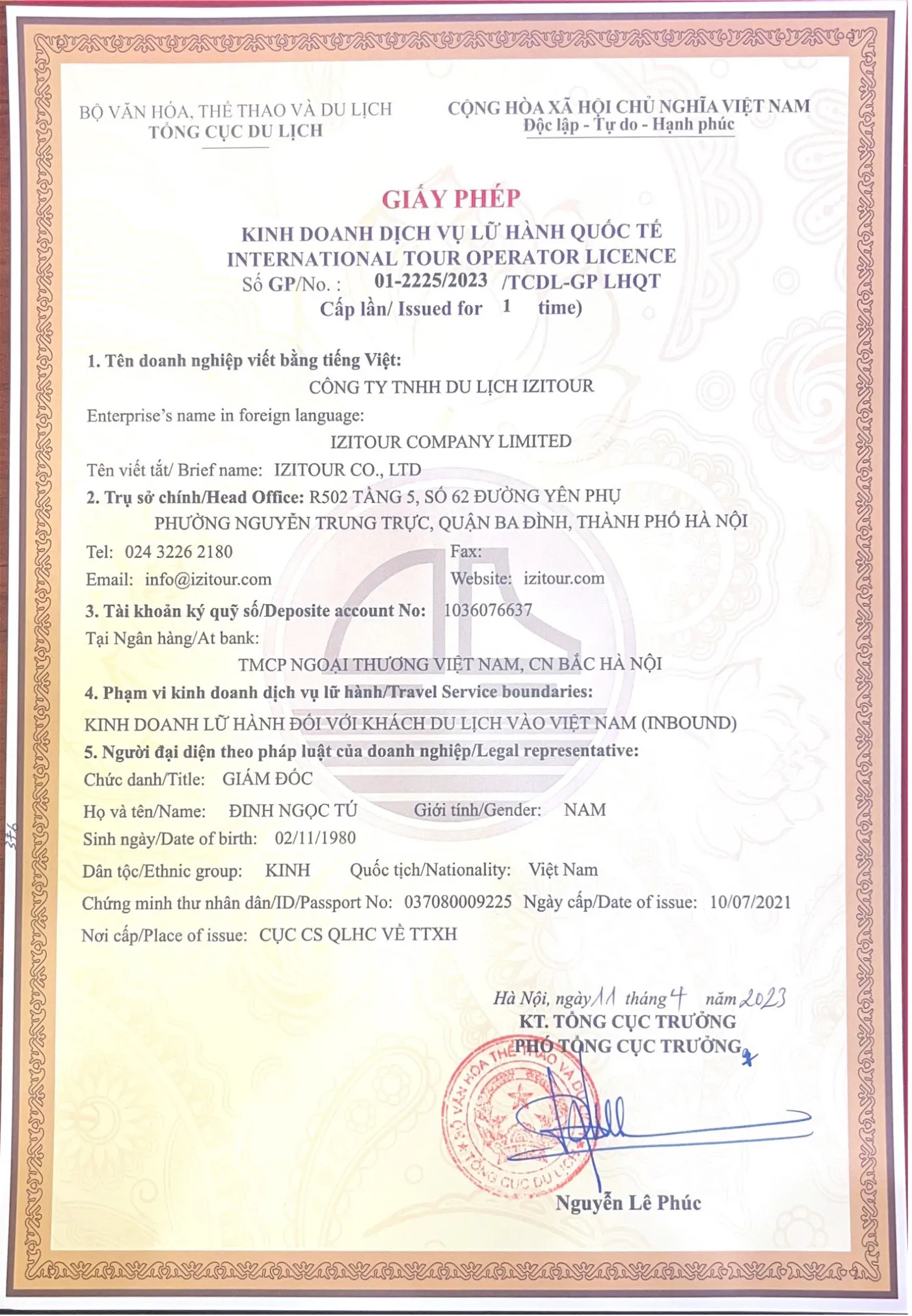Being located around 90 km from Hanoi, Hoa Lu Ancient Capital was the capital of Vietnam during 10th and 11th century. Most of the citadel has been destroyed so what remains as attractions today are temples and pagodas respecting Dinh and Le Dynasty.
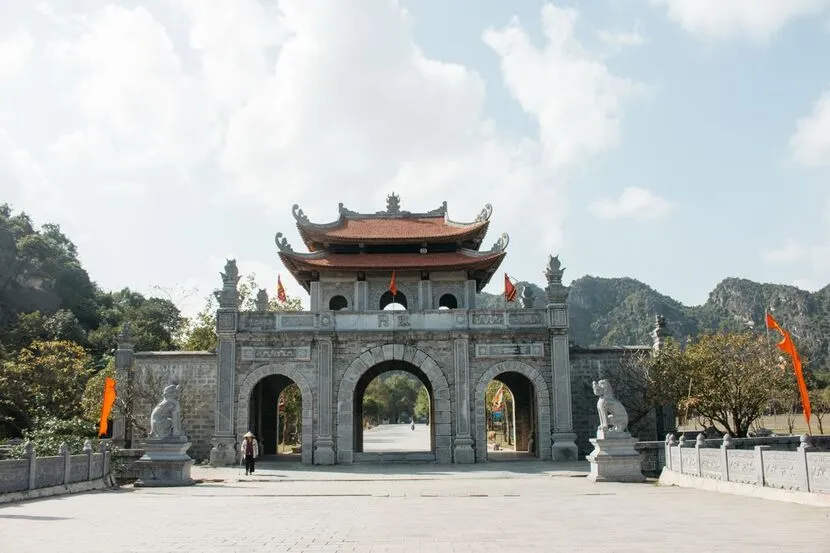
The gate of the Hoa Lu ancient capital
Although Hoa Lu functioned as the capital of Dai Co Viet (old name of Vietnam) for a short period of 42 years, this historical place was the site of many events related to Vietnam's destiny. It marks the existence of the three feudal dynasties including Dinh (968 - 980), early Le (980 - 1009), many historical events such as the reunification of the country, the war against the Chinese and the Champa, and particularly gave the idea for the Ly Dynasty to move the capital to Thang Long (present Hanoi).
The ancient capital of Hoa Lu was about 300 hectares wide, consisting of the Royal Citadel, Forbidden City and Southern Citadel, surrounded by a series of arctic rocky mountains and majestic landscapes. The gap between the mountain slopes was built of soil mixed with brick, the base of the citadel was established of stone 8 to 10 metres high.
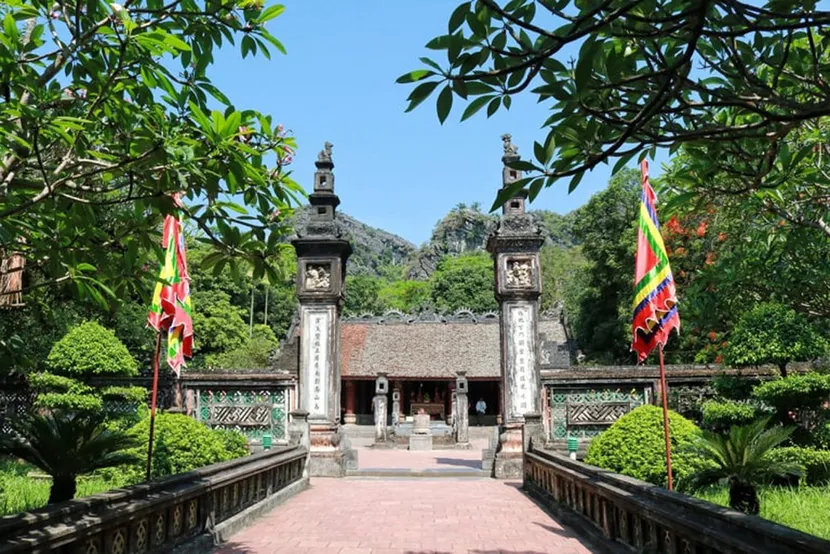
The Temple of King Dinh Tien Hoang
The Royal Citadel (outer layer) is about 140 hectares wide and belongs to the territory of Yen Thanh village, Truong Yen commune. This is the base of the main palace where the Dinh and Le temples settle in the centre and is also the place where King Dinh Tien Hoang founded the nation. Opposite the palace is Ma Yen Mountain, which King Dinh Tien Hoang chose as the defence wall.
The Hoa Lu ancient citadel consisted of two citadels located next to each other and an adjacent mountainous area. The three turns of the citadel form a figure like the number 80 facing the east.
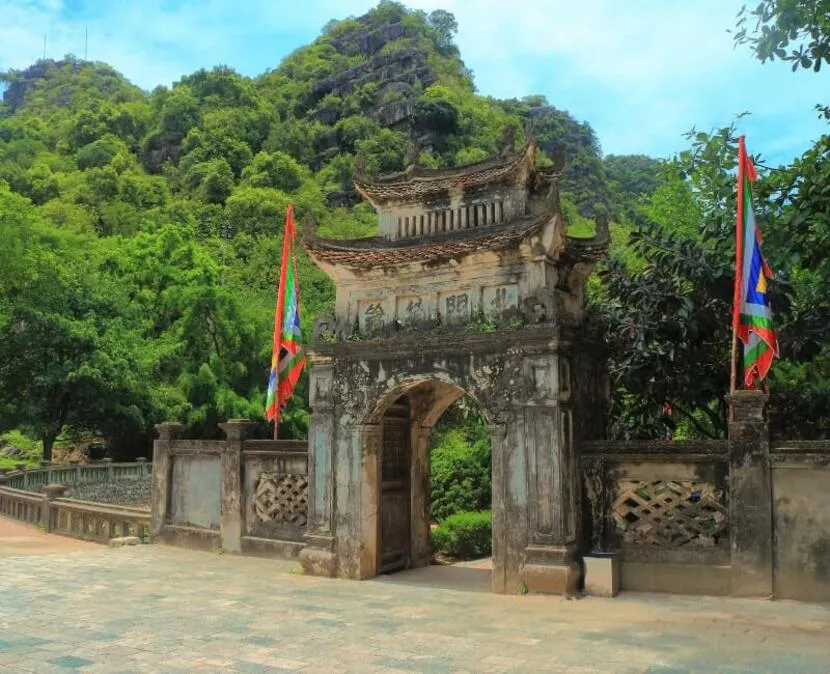
The paved road to the temples
In 1010, King Ly Thai To moved the capital to Thang Long, since then Hoa Lu was an ancient capital and a very important military base of the Dai Viet nation under the Ly, Tran, Le, Mac, Tay Son dynasties.
Nowadays, the architecture of the ancient capital of Hoa Lu is not intact. The temples dedicated to King Dinh and King Le have been built in the background of the ancient capital. The two temples are about 500 metres apart. Because of the close distance, the ancient capital of Hoa Lu is also known as the temple complex of King Dinh and King Le.
King Dinh's temple was built on the foundations of the main palace in the past, in addition to Ngo Mon gate, lotus lake, simulated mountain, flower garden, two side buildings and three worship halls.
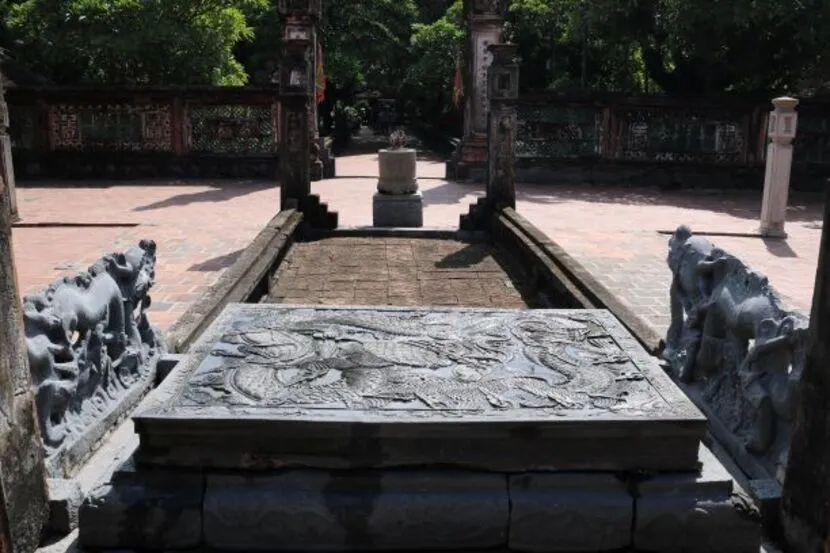
The Dragon Throne, a national treasure
In the main courtyard, there is a monolithic stone dragon throne with a pair of vivid stone unicorn statues. The centre of the main building is the worship room of the founders of Dai Co Viet nation. At the back is the statue of King Dinh Tien Hoang and his sons. The stone carvings on wood with themes of dragons, clouds, fairies, flowers, etc., decorated at the temple are quite sophisticated.
The Temple of King Le Dai Hanh is about 500 metres from the temple of King Dinh Tien Hoang. This temple is smaller in size than the first temple but is divided into three buildings: the building for general worship, the building for worshipping Pham Cu Luong who supported King Le to ascend the throne, the main building at the back for worshipping King Le Dai Hanh who was the founder of the Le dynasty, with two sides are Le Ngoa Trieu- King Le's son on the right and Queen Duong Van Nga on the left.
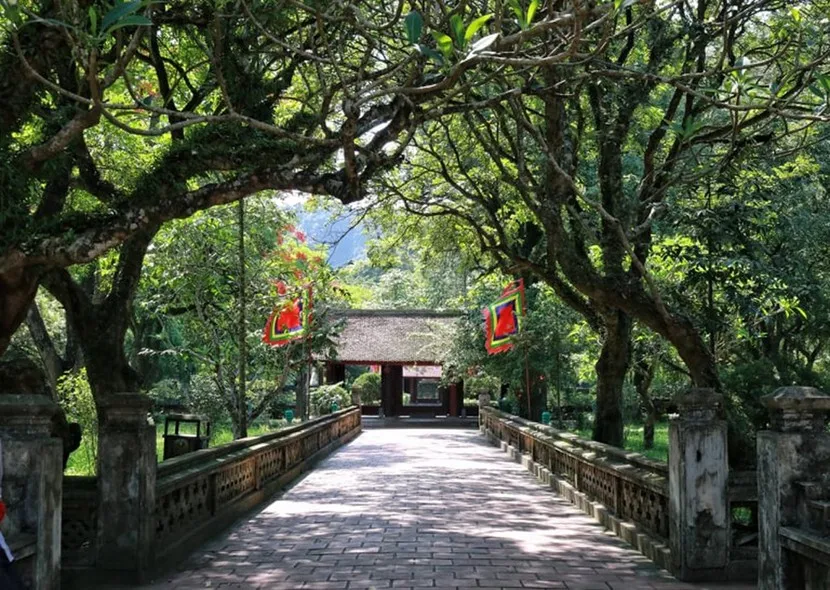
King Le Dai Hanh's temple
King Le's temple still has many vestiges of ancient architecture with elaborate and skilful carvings. One can see traces of the old palace and some ancient ceramics. These precious artefacts are kept in the museum room on the left side of the temple.
The ancient capital of Hoa Lu also has some beautiful pagodas such as the Ngan Xuyen pagoda near the foot of Ma Yen Mountain and the Nhat Tru pagoda about 200 metres from King Le's temple, which attract many tourists to worship and sightsee.
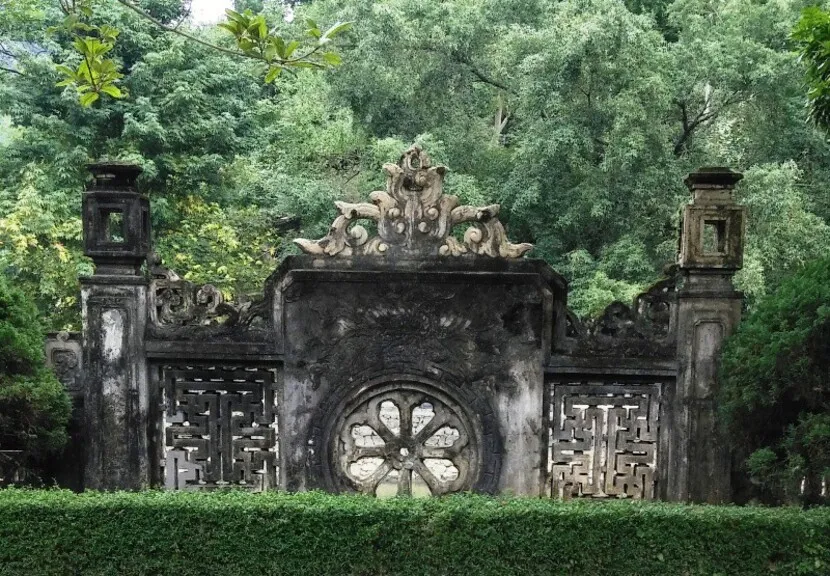
The attractive tourist destination for domestic and foreign tourists
Tourist information of Hoa Lu ancient capital:
Entrance fee: 20,000 VND
Opening hours: 07:00 AM - 04:00 PM
Hoa Lu Ancient Capital is worth visiting during the trip to Ninh Binh for culture lovers. In addition to visiting Hoa Lu Ninh Binh, you could visit other nearby well-known attractions such as Bai Dinh Pagoda, Trang An complex, Tam Coc - Bich Dong, Phat Diem stone cathedral, Thung Nham nature reserve, Van Long, etc. Happy travelling!
To see more about Ninh Binh:
>> Ninh Binh Travel Guide - How to Visit Ninh Binh ?
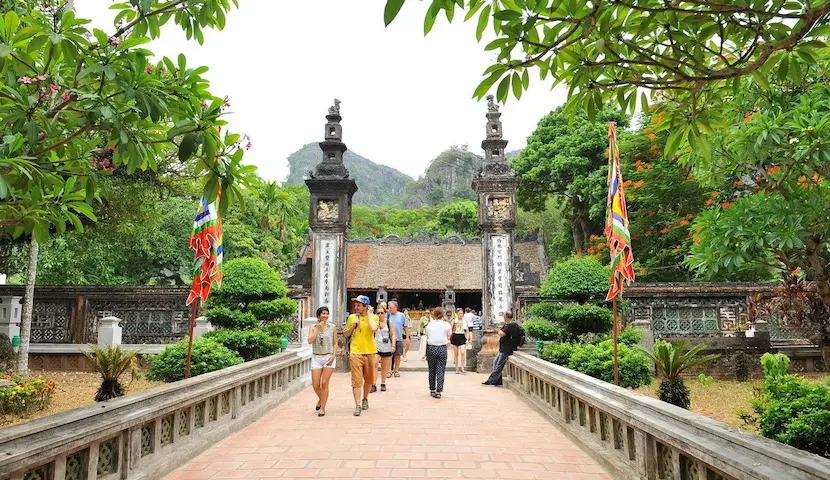






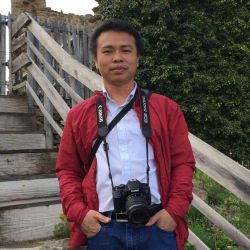
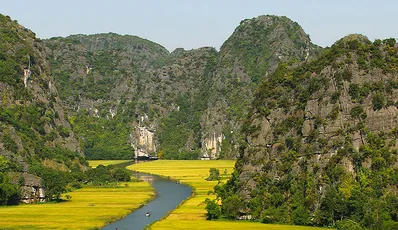
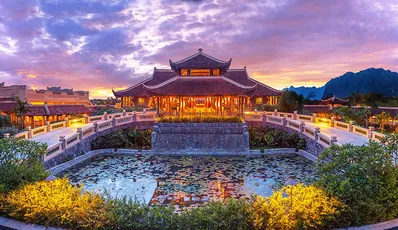

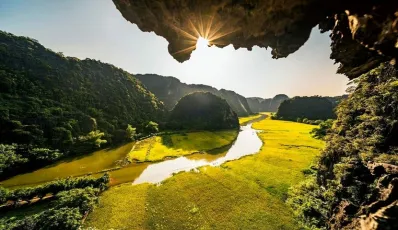
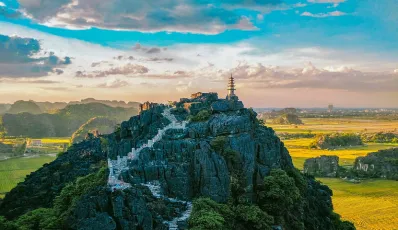
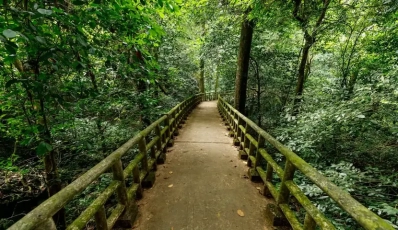



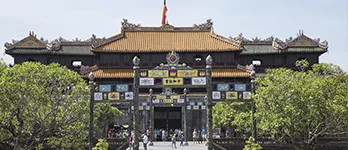
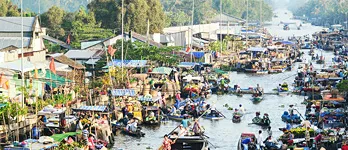

 TRAVELERS' CHOICE 2025
TRAVELERS' CHOICE 2025 